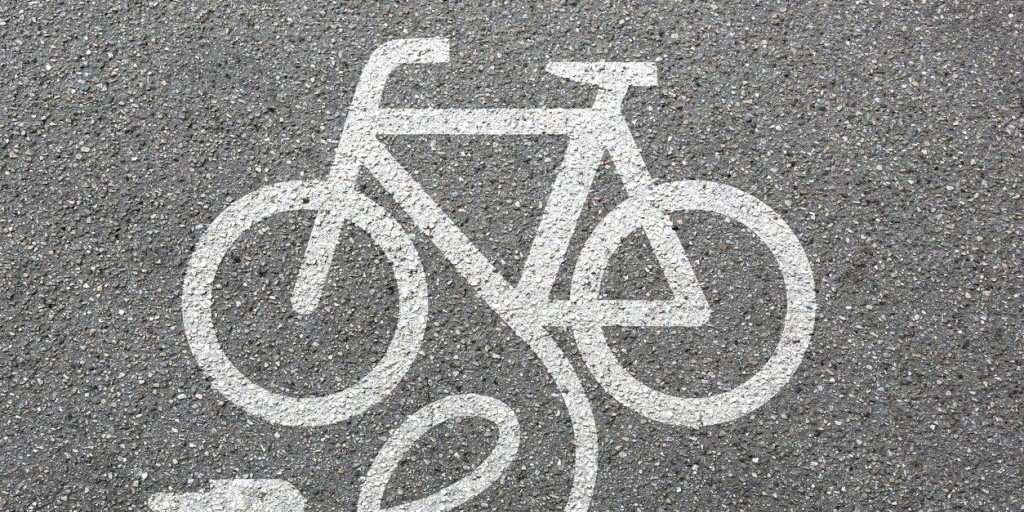

The electric bike is the fastest growing category of the global cycling industry, and its meteoric rise is impossible to ignore. The popularity of the electric bike is mostly down to the range of benefits it offers everyone, from novices to seasoned cyclists.
The increased demand for electric bikes means there’s plenty of them to choose from. However, this can be overwhelming if you’re not sure what’s what. That’s why we’ve created a handy electric bike buyer’s guide to everything you need to consider before making your two-wheeled investment.
What is an electric bike?
An electric bike, or e-Bike, is a regular bike with the addition of a motor to assist your progress. The basics of an e-Bike are the same across all brands and types: a motor, powered by a battery, assists the rider as they turn the pedals up to a speed of around 15.5mph, at which point the assistance is cut out by law.
What type of electric bike should I buy?
Electric bikes were once urban, ride-about-town methods of transport. Now, thanks to advances in battery and motor technology, high-performance road and mountain e-Bikes are widely available too. But which is the right choice for you?
Hybrid/commuter e-Bikes
This type of e-Bike that is the most popular as it’s used for commuting, leisure rides or just running daily errands. With a comfortable upright riding position and often a rear rack, you can see why this type of electric bike is so popular with people who want to get to work without breaking a sweat, or with shoppers whose bags would weigh down a non-electric bike.
Leading brands: Giant, Cube, Trek, Kalkhoff
Mountain e-Bikes
Although these aren’t as popular as the commuter e-Bike, mountain e-Bikes are the fastest growing form of e-Bike as off-road cyclists are starting to discover how they can enhance their mountain biking experiences.
Having the option of electrical assistance means you can make light work of the gruelling uphill climb of the trail, and save your energy for the treacherous downward thrill. Make sure you choose one with full suspension to ensure that no terrain is off limits.
Leading brands: Giant, Scott, Thok, Canyon
Road e-Bikes
Road e-bikes are the newest type of electric bikes to break onto the scene and are very popular with riders who have suffered an injury but don’t want to give up cycling until further notice. They’re also helpful if you’re a beginner to road cycling who lives in a particular area that could be considered intimidating for newbies. For instance, you wouldn’t want one of your first rides to be the Yorkshire moors unassisted!
Road e-bikes are perfect for such situations, and are ideal if you want the option of a helping hand when riding with a friend who doesn’t know the meaning of a leisurely Sunday ride!
Leading brands: Cannondale, Orbea, Bianchi, Giant
Types of motors
e-Bike motors come mounted on either the wheel hub or the crank drive. Crank motors are by far the most popular choice today, and you can identify one by the significant addition to the bike’s frame around the bottom bracket area. However, there are advantages and disadvantages to both, so which motor you choose will depend on your needs and wants.
Wheel hub motor advantages:
- Requires little maintenance due to their simple design
- Easily accessible
- Cheaper than a crank motor
Wheel hub motor disadvantages:
- Tends to struggle on steep terrain
- The battery drains quickly unless a constant speed is maintained.
Crank drive motor advantages:
- Very good at hill climbing – all electric mountain bikes have a crank drive motor
- More efficient power transfer so the motor can be smaller, making the bike lighter
- Located at the middle of the bike, making for a better centre of gravity
Crank drive motor disadvantages:
- Less accessible for repair
- More expensive than a hub drive motor
What about batteries?
Virtually every e-Bike on the market today gets its energy from a form of lithium-ion battery, as these provide the highest energy density compared to other battery types.
How far your bike will go on a single charge depends on a lot more than just the capacity of the battery. The weight of the rider, terrain, weather, and traffic en route will all have an effect on your battery’s range. However, as a guide, you can divide a battery’s capacity in Watt hours by 20 to get a rough idea of the number of miles you’ll get out of it.
We recommend you don’t get caught out on a ride and run out of battery power – e-Bikes are hard work to pedal without power unless you’re on very flat terrain.
You can charge the battery while it’s still on the frame or remove it, and you can expect a modern battery to fully recharge in three to four hours. However, if you’re not going to be riding your bike for a while, or if the forecast is set to be particularly cold, you should remove the battery from its frame – knocks and cold temperatures can damage the battery life.
Now you’ve read our electric bike buyer’s guide, the only thing left to do is go out and make your investment. Once you do, be sure to take out our electric bike insurance.
Please note the information provided on this page should not be taken as advice and has been written as a matter of opinion. For more on insurance cover and policy wording, see our homepage.
